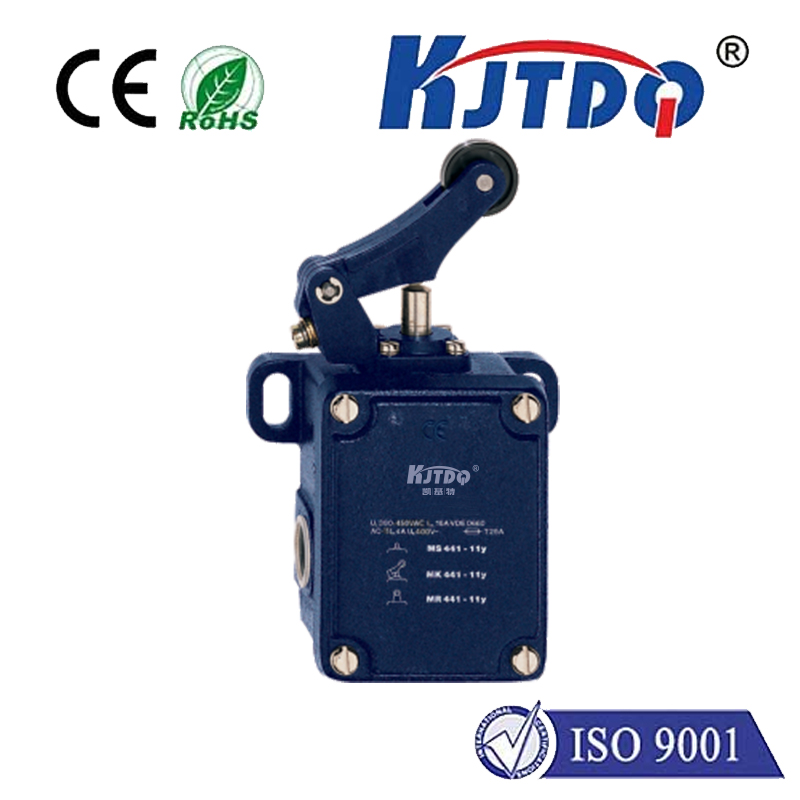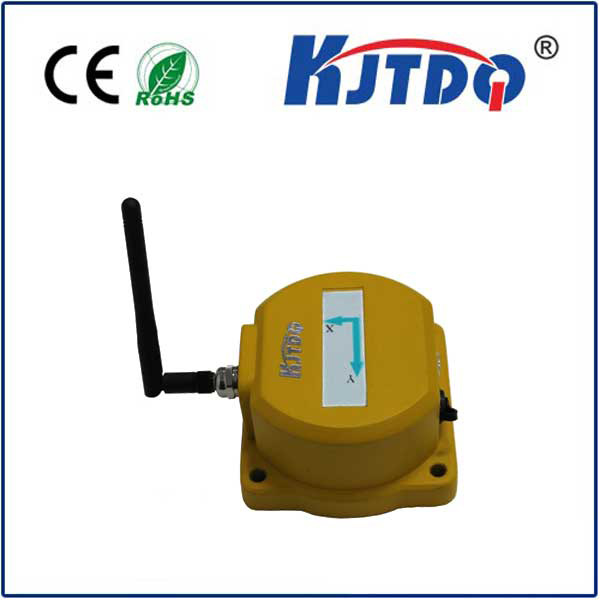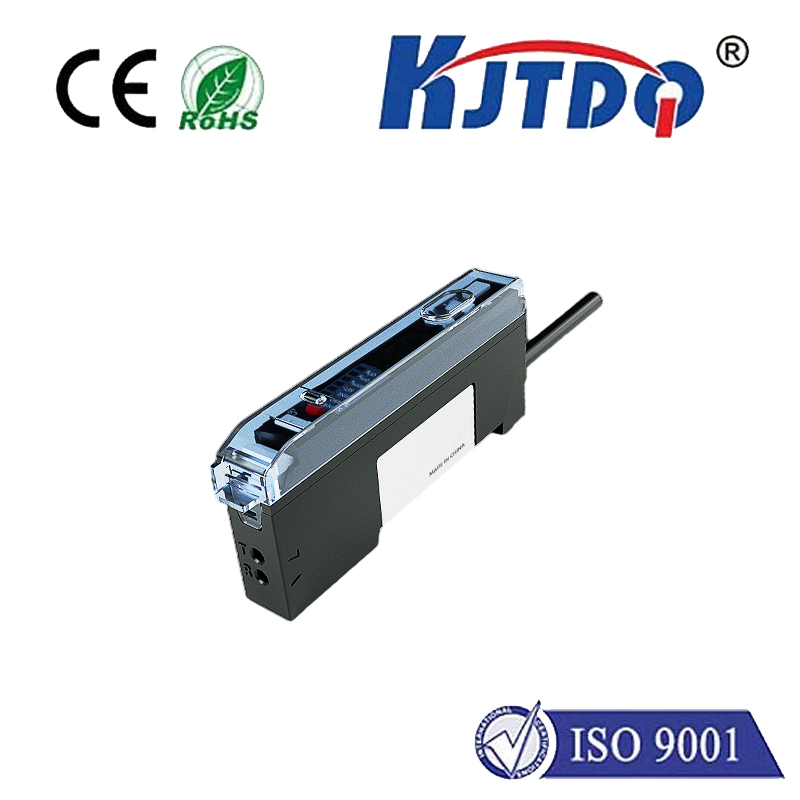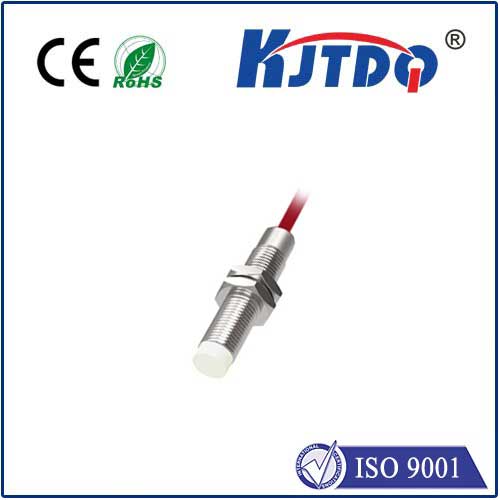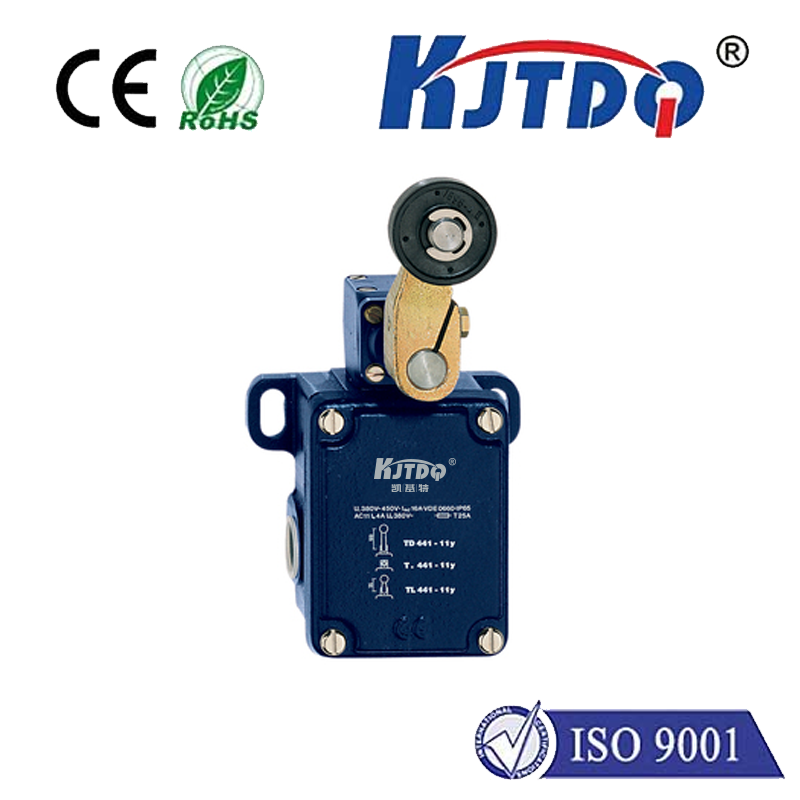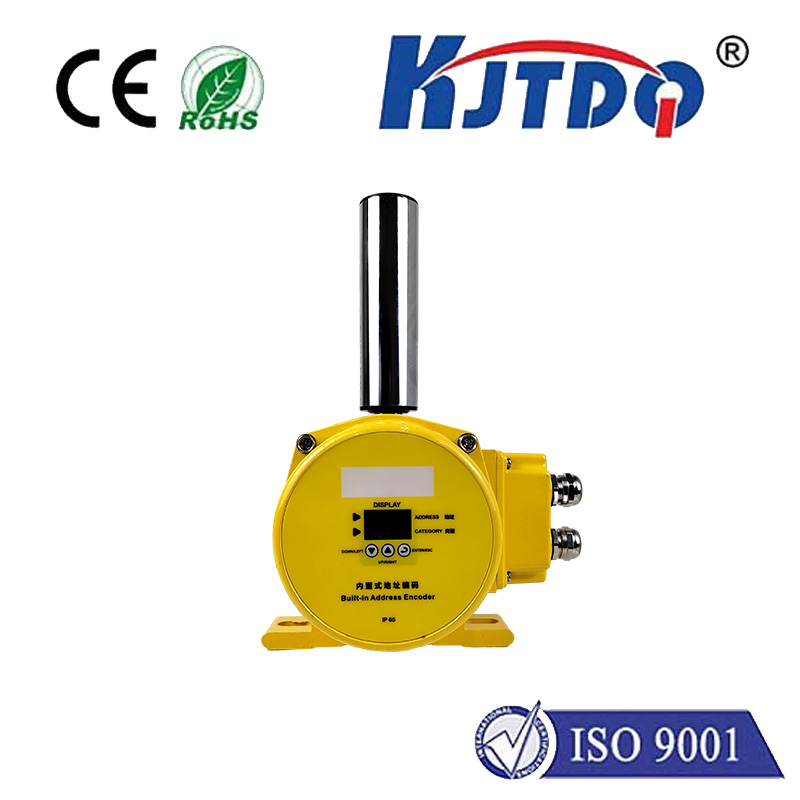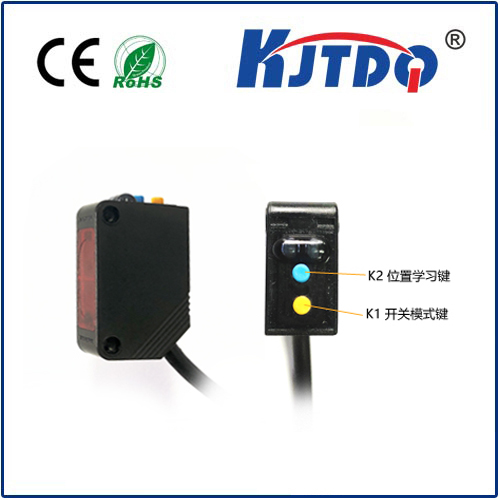m30 capacitive proximity sensor
- time:2025-09-05 15:37:26
- Нажмите:0
Understanding the M30 Capacitive Proximity Sensor: Versatility in Non-Contact Detection
Imagine needing to detect materials through dust, steam, or even thin container walls – environments where optical sensors falter, and simple mechanical switches are impractical or prone to wear. This is precisely where the M30 capacitive proximity sensor shines. A stalwart in industrial automation, this specific form-factor sensor leverages the fundamental principles of capacitance to provide reliable, non-contact detection where others struggle. It’s the unsung hero on countless factory floors, ensuring processes run smoothly by reliably “sensing the unseen.”
Decoding CapTech: How M30 Capacitive Sensors Work
At its core, a capacitive proximity sensor functions by generating an electromagnetic field. The M30 sensor, defined by its standardized 30mm diameter cylindrical barrel housing and often M30x1.5 threaded mount, creates an electrostatic field emanating from its sensing face. When a target object enters this field, it disturbs the capacitance – essentially the ability to store electrical energy – between the sensor’s active electrode and ground.
This disruption triggers an internal oscillator change within the sensor. Sophisticated circuitry detects this shift and translates it into a solid-state output signal. Crucially, capacitive sensing relies on the dielectric properties or conductivity of targets. This means they excel at detecting not only metals (like inductive sensors) but also virtually any material that interacts with an electrostatic field: liquids, plastics, powders, wood, glass, and even biological matter. The M30 size offers an optimal balance between sensing range capability, mechanical robustness for industrial environments, and ease of installation compared to smaller or larger variants.

Key Advantages of the M30 Capacitive Sensor
Why choose an M30 capacitive proximity sensor over other technologies? Its unique capabilities address specific industrial challenges:
- Material Agnosticism: The standout feature. Detect non-metallic objects effortlessly – plastic bottles, cardboard boxes, resin pellets, water levels in tanks, grain in silos, or adhesive layers on rollers.
- Non-Contact Operation: Eliminates physical wear and tear on both the sensor and target, ensuring long operational life and maintenance-free sensing critical for high-cycle applications.
- Robust Performance in Hostile Environments: Impervious to dust, dirt, smoke, airborne particles, oil, and moisture splashes – common culprits that blind optical sensors or jam mechanical ones. Sensing range stability is largely unaffected by these contaminants.
- Barrier Penetration: Uniquely capable of detecting objects through thin non-metallic walls (like plastic, glass, or cardboard). Ideal for level sensing inside sealed containers or tanks.
- Solid-State Reliability: With no moving parts, these sensors offer superior shock and vibration resistance compared to mechanical switches.
- Competitive Sensing Range: Within the capacitive family, the M30 body size typically allows for larger sensing ranges (often 10mm to 25mm for standard targets like metal; less for low-dielectric materials) than smaller M12 or M18 capacitive sensors, providing more installation flexibility.
Where the M30 Capacitive Sensor Excels: Industrial Applications
The rugged build and versatile sensing principle make the M30 capacitive proximity sensor indispensable across numerous sectors:
- Packaging & Filling: Detecting plastic bottles, caps, cardboard boxes, presence/absence of liquid in translucent containers. Level monitoring in tanks holding adhesives, detergents, or viscous fluids.
- Перевозка материалов: Verifying presence of pallets (wood/plastic), sacks filled with powder or granules, and cardboard trays on conveyors. Position verification in dusty aggregate handling.
- Food & Beverage: Detecting liquid levels through plastic tank walls, ensuring containers are full before capping, sensing the presence of food products (like fruits, baked goods) on lines. Suitable for washdown areas with appropriate IP ratings (e.g., IP67, IP69K).
- Wood & Paper Processing: Monitoring sheet feed, detecting paper stacks, sensing log positions, verifying glue application presence. Impervious to sawdust and paper particles.
- Chemical & Pharmaceutical: Level control in plastic barrels or IBC tanks containing liquids, powders, or granules. Precise detection through process pipes.
- Automated Assembly: Verifying presence of non-metallic components like plastic gears, gaskets, or rubber parts.
Selecting and Using Your M30 Capacitive Sensor Effectively
To harness its full potential, consider these key factors:
- Target Material: Dielectric constant is crucial. Materials with high water content (wood, grain) detect easily. Dry plastics/powders require more sensitivity adjustment. Metal detection is straightforward. Know your target’s properties.
- Required Sensing Distance (Sn): Specified for a standard metal target. For non-metallics, the effective range is significantly less. Always refer to sensor datasheets. The M30 size typically offers Sn values around 15mm for metal when shielded, 25mm unshielded.
- Shielded vs. Unshielded: Shielded sensors (flush-mountable) have a more focused field, ideal for tight spaces or metal mounting. Unshielded sensors have a larger radial field and longer range but need non-metallic mounting to avoid interference. Shielded models are generally preferred unless maximum range is needed in a non-metallic environment.
- Output Type: PNP (sourcing) or NPN (sinking) transistor outputs are standard. Choose based on your PLC or controller input requirements. NO (Normally Open) or NC (Normally Closed) configurations available.
- Sensitivity Adjustment: Most M30 capacitive sensors feature a potentiometer. Adjusting sensitivity is vital for tuning out background interference (like mounting brackets, tank walls) or detecting low-dielectric materials. The goal: reliable target detection without false triggering.
- Environmental Protection (IP Rating): Standard ratings are IP67 (dust-tight and protected against temporary immersion). For harsh washdowns (food/pharma), look for IP69K. Ensure the housing material (e.g., nickel-plated brass, stainless steel variants) suits your environment.
- Mounting: The M30x1.5 thread allows secure and stable mounting into standard holes. Ensure adequate clearance around the sensing face as specified.
Integration Insight: When mounting near metal or needing to sense through a container wall, start with sensitivity at minimum and slowly increase until the target is reliably detected. Use grounding rings if available on the sensor for improved stability in electrically noisy environments. Proper adjustment prevents nuisance trips.
The Indispensable Workhorse
The M30 capacitive proximity sensor is far more than just another component. It’s a testament to elegant engineering solving persistent industrial sensing challenges. Its ability to reliably detect an incredibly wide range of materials without contact, all while shrugging off harsh environmental conditions, makes it a cornerstone technology. When the target isn’t metal, the environment is dusty or wet, or detection through a barrier is essential, the rugged and adaptable M30 capacitive sensor consistently proves itself as the optimal solution. Its standardized size and robust performance ensure it remains a critical tool for engineers designing efficient, reliable, and versatile automation systems across the globe.

